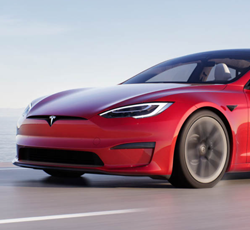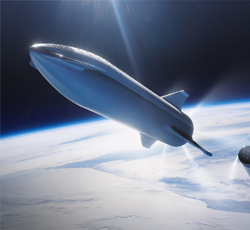
From Outer Space to Your Router: Here's How Satellite Internet Works
- by CNET
- Feb 13, 2025
- 0 Comments
- 0 Likes Flag 0 Of 5

cable internet
are common legacy internet networks. DSL, which has a presence in rural areas, typically ranges in download speed from 3 to 140 megabits per second and cable typically provides anywhere from 10 to 2,000Mbps, depending on your plan. Satellite internet generally comes in at 12 to 200Mbps, although Starlink's Elon Musk promised that speeds of up to 300Mbps and even 2,000Mbps will be possible.
Fiber internet
, which uses fiber-optic cables, can offer blazing-fast download speeds as high as 5 or even 10 gigabits per second (5,000 or 10,000Mbps). With fiber, your uploads will typically be as fast as your downloads, which isn't the case with cable, DSL or satellite. Installing fiber cable is expensive, and deployments aren't cost-efficient in areas with low population density, so there's no telling if or when fiber will become a viable option across most of rural America.
That said, satellite internet typically offers the highest cost per Mbps -- a rough indicator of value with home internet plans -- of any internet connection type due to relatively slow average speeds and high monthly costs.
Here's a quick rundown of the pros and cons of a satellite connection
Pros
Waiting for broadband internet in your area could take a long time, and satellite internet is available now.
Satellite internet is relatively simple to acquire
: find a company that offers it, rent a receiver dish or buy it up-front and sign up for the right plan for your needs.
Major companies like SpaceX and Amazon are bringing new competition into the satellite internet market, which means better speeds and value over the long term.
Cons
Typically more expensive than other forms of internet, with the potential for steep up-front costs for your receiver dish. The
cost-per-Mbps
Please first to comment
Related Post
Stay Connected
Tweets by elonmuskTo get the latest tweets please make sure you are logged in on X on this browser.






 Energy
Energy


















